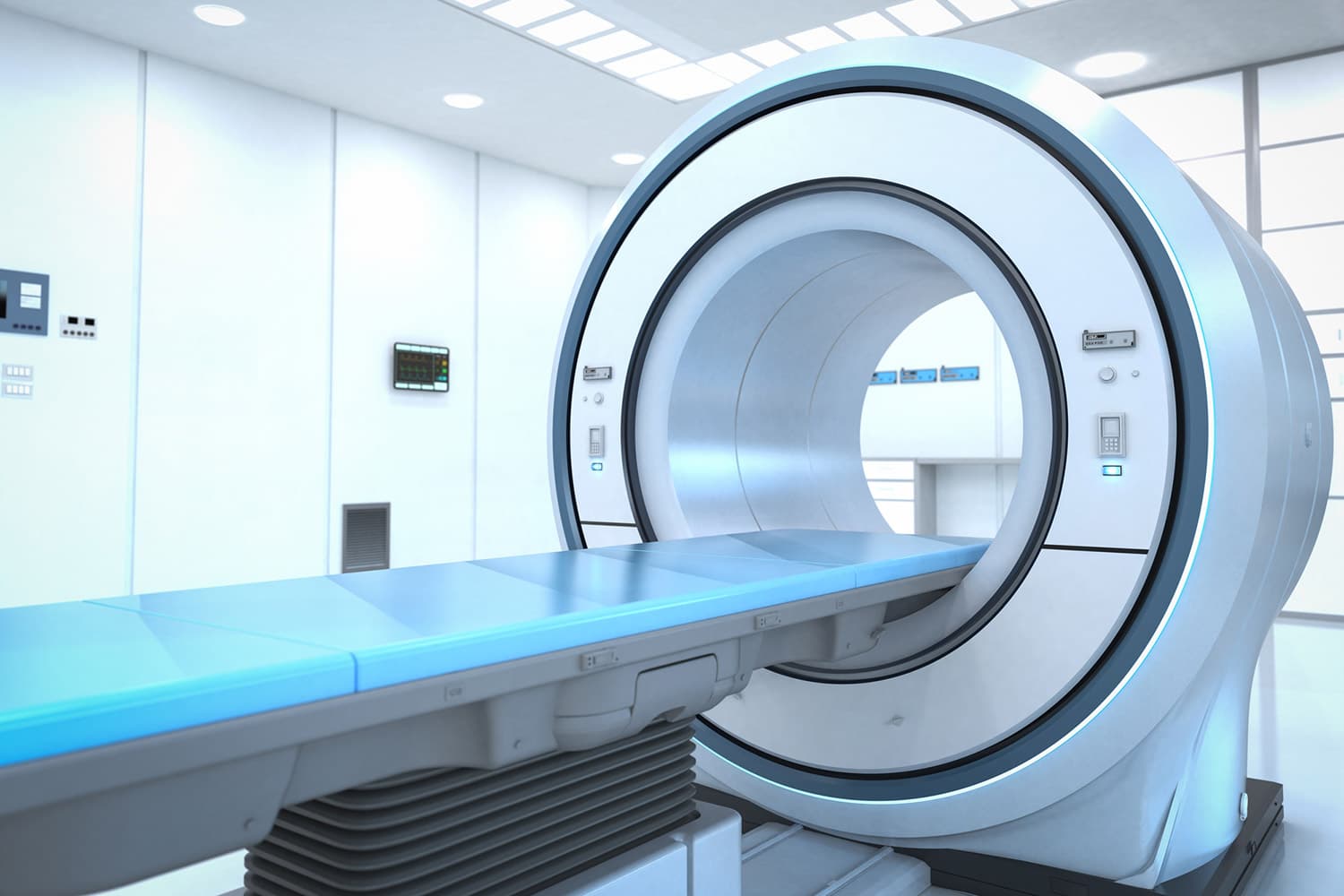The FDA publishes a database called MAUDE. The database allows you to identify whether any patients have had problems with medical devices. What is MAUDE?
Each year, the FDA receives several hundred thousand medical device reports (MDRs) of suspected device-associated deaths, serious injuries and malfunctions. The FDA uses MDRs to monitor device performance, detect potential device-related safety issues, and contribute to benefit-risk assessments of these products. The MAUDE database houses MDRs submitted to the FDA by mandatory reporters [1] (manufacturers, importers and device user facilities) and voluntary reporters such as health care professionals, patients and consumers.
Although MDRs are a valuable source of information, this passive surveillance system has limitations, including the potential submission of incomplete, inaccurate, untimely, unverified, or biased data. In addition, the incidence or prevalence of an event cannot be determined from this reporting system alone due to under-reporting of events, inaccuracies in reports, lack of verification that the device caused the reported event, and lack of information about frequency of device use. Because of this, MDRs comprise only one of the FDA’s several important post-market surveillance data sources.
GE manufactures MR machines. GE submitted a MAUDE report on its Optima MR450W.
It was reported that a patient was brought into the magnet room with a concealed ferrous handgun. In the process of entering the bore, the handgun was attracted to the magnet and fired a single round. The patient received a gunshot wound in the right buttock area. The patient was examined by a physician at the site who described the entry and exit holes as very small and superficial, only penetrating subcutaneous tissue. Per protocol, the patient was taken to the hospital and the patient later informed the site that they were okay and healing well. The site reported that prior to the exam the patient had undergone a standard screening procedure for ferrous objects, which includes weapons specifically, and answered no to all screening questions.
In a separate and unrelated MR “incident”, a nurse was crushed by MR Gone Wild.
The hospital bed was pulled uncontrollably into the MRI machine by its magnetic force as seen in photos obtained by KTVU.
A nurse became pinned between the bed and the machine and suffered crushing injuries, according to an investigation by Cal/OSHA.
“I was getting pushed by the bed,” nurse Ainah Cervantes told investigators in a report obtained by KTVU. “Basically, I was running backwards, If I didn’t run, the bed would smash me underneath.”
Online videos show the sheer power of the machine’s magnet on anything metal. MRI safety advocates say projectiles, burns and implanted devices are common causes of MRI-related injuries and deaths.
Cervantes had a severe laceration that required surgery, which included the removal of two embedded screws, documents show. The patient who fell from the bed onto the floor at the time was not hurt.
Back to the original story. Seems like it was such a freak event, and it could never happen again, right?
The recent death of a Brazilian man in an MRI suite has brought attention again to the safety measures utilized in MRI suites. The MRI’s strong magnet caused the man’s gun to discharge involuntarily, shooting him in the abdomen. The question has been asked worldwide, “How could an accident like this occur in an MRI suite? How did a gun get into the MRI suite?”
It’s essential to know the facts surrounding this tragic accident. The man who died was not the patient — he brought his mother to the facility for an MRI. The facility followed its safety protocol, screening both the mother and her son about the presence of metal; both signed documents stating that they understood the risks of metal being within reach of the strong magnet.
A Health Imaging writer spoke to Tobias Gilk, senior vice president of RAD-Planning and founder of Gilk Radiology Consultants, to assess MRI safety procedures to help prevent future mishaps. He believes that despite considerable advances in patient safety, safety risks are more significant now than in the past. One of the primary reasons for his concern is the proliferation of implanted medical devices.
The list of MR safety challenges is not short.
- Patients may forget that old aneurysm clip but remember to tell the MRI tech about their recent knee replacement surgery.
- Metal objects may become projectiles if taken in the exam room. Wheelchairs, stretchers, and oxygen tanks are regulated as to their use in the exam room. Examples include a steel oxygen tank that hurled through a cinder block wall from the power of the MRI’s magnet.
- Some clothing contains metallic threads, which can heat up during the MRI exam and burn the patient.
- Cosmetic products, including false eyelashes, hair extensions, and tattooed makeup, can pose risks, as can permanent jewelry and body piercings.
The most common safety risk of MR imaging?
Burns associated with the MRI’s radiofrequency (RF) field can occur in a variety of ways, the most obvious of which is when a patient comes in contact with the bore during scanning.
“A bedsheet alone won’t protect a patient from near field burns; you must use insulated pads that are about an inch thick to ensure the patient isn’t burned due to unsafe proximity to the bore,” advised Robert E. Watson, Jr., MD, PhD, associate professor of radiology at Mayo Clinic, Rochester, MN, chair of the American Board of MR Safety (ABMRS), and chair of the American College of Radiology (ACR) MR Safety Committee. “This is especially important if the patient is under anesthesia. If insulating padding slips out of place as when the patient is being advanced into the magnet, a body part could contact the bore and a severe burn could result, especially because the patient won’t react to the heating.”
“Today, fabrics used for undergarments and athletic clothing are made with copper fibers meant to hide odor,” Dr. Segovis explained. “In the MRI, metallic fibers burn patients, so it is important that they put on approved clothing prior to a scan.”
MR Imaging is generally safe. But it’s easy to see how a patient can be injured if the team technicians become complacent.
What do you think?






Yikes !!!! Recently had a MRI and I was not informed of these unusual risks. Next time I have a MRI, I will certainly remember what i learned today.
Thank you.
Richard Willner
The Center for Peer Review Justice.
Seems like GE and Philips might like to include walk- or ride through metal detectors as part of the equipment package. Ounce of prevention and all that….
This post is a whopper. First, I thought MAUDE was a ‘70s sitcom. Second, I had no idea that RF was associated with magnetism and that any metal could induce a burn. No wonder copper briefs are a hot item. Last, how in the world does a gun simply fire, and not be hurled? Stainless design with cheap ferrous trigger? Can’t make this up!
It is my understanding that non-ferrous metal does not heat up. I may be incorrect. Also, the risk of burns is related to the ratio of metal surface area to mass. A single thread will not heat up enough to burn skin due to the large surface area to mass ratio.
Remember: “It’s a simple question of weight ratios! A five ounce bird could not carry a one pound coconut.”
True about the bird. Unless the bird was an aviary Schwarzenegger. However, I have been burned by a thin wire. It was not pleasant. So, yes, metallic threads can burn the epidermis. And hurt like heck.